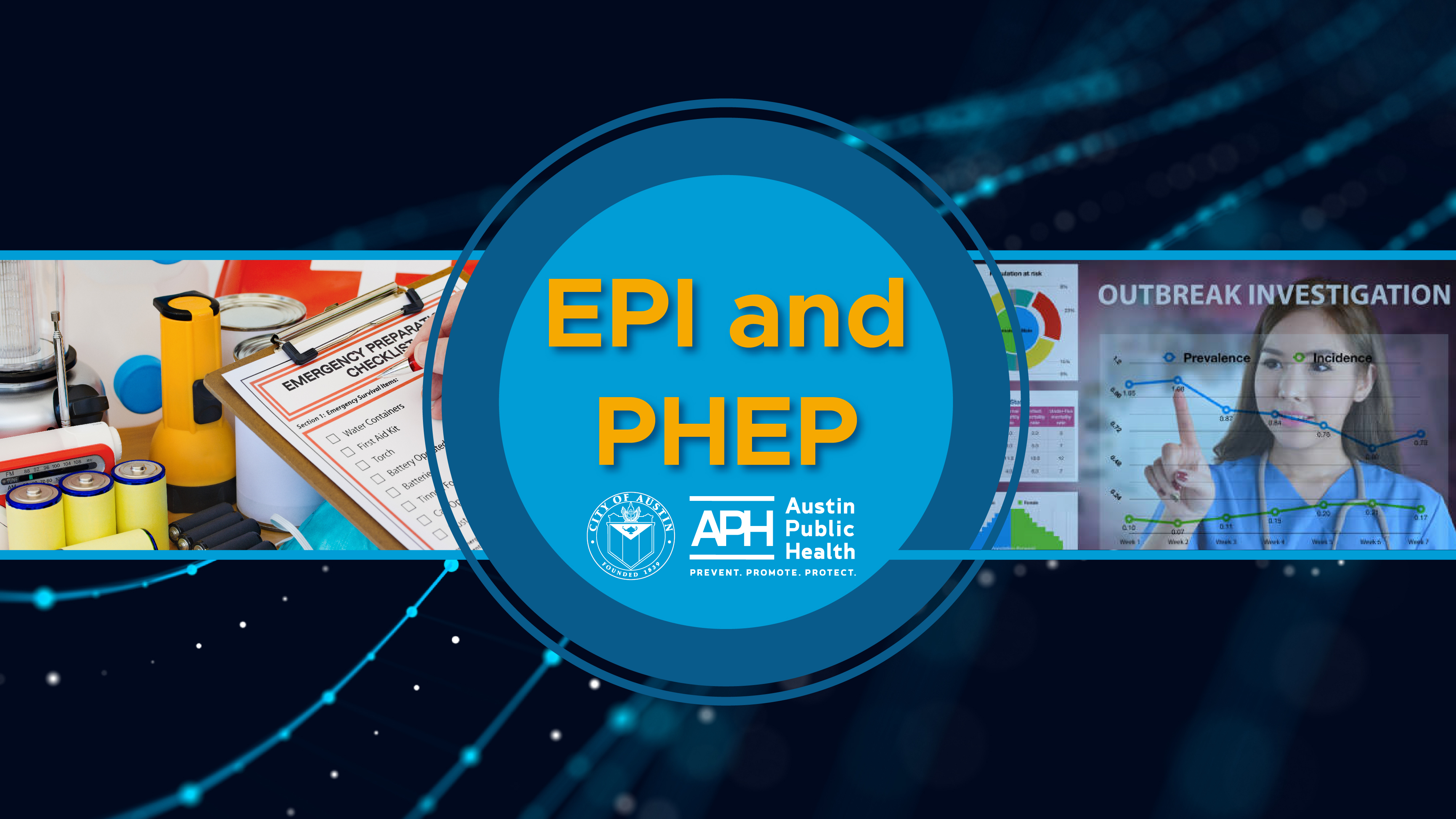

The Epidemiology and Public Health Preparedness Division's work keeps us safe and prepared.
AUSTIN, Texas – During National Public Health Week, the staff in Austin Public Health's (APH) Epidemiology and Public Health Preparedness Division are highlighted for their tireless efforts in facing recent challenges including the pandemic, winter storm sheltering and even a mpox outbreak.
As the pandemic continues and the threat of other outbreaks remains, the work of epidemiologists and public health emergency preparedness professionals is more important than ever. Austin Public Health recognizes the need for ongoing support and resources for the Epidemiology and Public Health Preparedness Division and remains committed to ensuring that they have everything they need to continue their vital work.
"Prevent, Promote, Protect - our department will not waver from our commitment to those 3 Ps,” said Adrienne Sturrup, Director of Austin Public Health. "Our staff work tirelessly because they believe that all people have the right to healthy communities and healthy outcomes."
The Epidemiology and Public Health Preparedness Division is comprised of three areas of focus. 1)The Epidemiology team often works behind the scenes as "disease detectives", studying patterns and causes of diseases and other health-related conditions in human populations. 2) The Public Health Emergency Preparedness team focuses on preparing for and responding to public health emergencies and disasters, such as pandemics, natural disasters, and bioterrorism. In the coming days, APH will be announcing a Community Assessment for Public Health Emergency Response (CASPER) which will involve door-to-door surveys in the Eastern Crescent of Austin-Travis County. Lastly, 3) the Office of Vital Records serves the community by providing and keeping track of birth and death certificates and causes of death.
"We are incredibly grateful for everything they do to protect the health of our community.” Chief Epidemiologist Janet Pichette “The work is not done, and we will continue to support them in their efforts to prevent, promote and protect.”
The division's response to the COVID-19 pandemic included testing operations and improving workflow processes by developing an electronic records management system for COVID-19 reports. They have also enabled online reporting of human and animal illnesses associated with harmful algal blooms.
For more information about the APH Epidemiology and Public Health Preparedness Division and its ongoing efforts, please watch and share this video.
Quick Highlights:
- Last year, the division processed approximately 700,000 incoming lab reports and investigated 15,395 cases, including COVID-19, mpox, and other reportable conditions.
- The division completed monitoring for 1,060 individuals potentially exposed to high-consequence diseases like Ebola and facilitated the submission of more than 3,600 specimens to the state lab for genetic sequencing.
- In addition, the division has educated approximately 250 providers or provider practices on reporting laws and other surveillance matters.
- The division has investigated 121 outbreaks or clusters of illness in schools, long-term care facilities, and throughout the community for COVID-19, influenza, and foodborne pathogens in 2022.
- They have also linked over 100 people to care for mpox and requested or performed 31 Infection Control Assessment and Response Evaluations (ICARs) for Travis County long-term care facilities or hospitals.
- The division's response to the mpox outbreak has included testing, vaccination, antiviral administration, and sample submittal.
- The division activated cold weather shelter operations for 13 days this season, recording 3,931 shelter stays.
- The division coordinated the Multi-Agency Resource Centers (MARCs) during the recent winter storm, providing assistance to 589 families affected by the winter weather.
- The division coordinated with healthcare providers to provide Evusheld injections to 397 patients over a four-month period in 2022.
